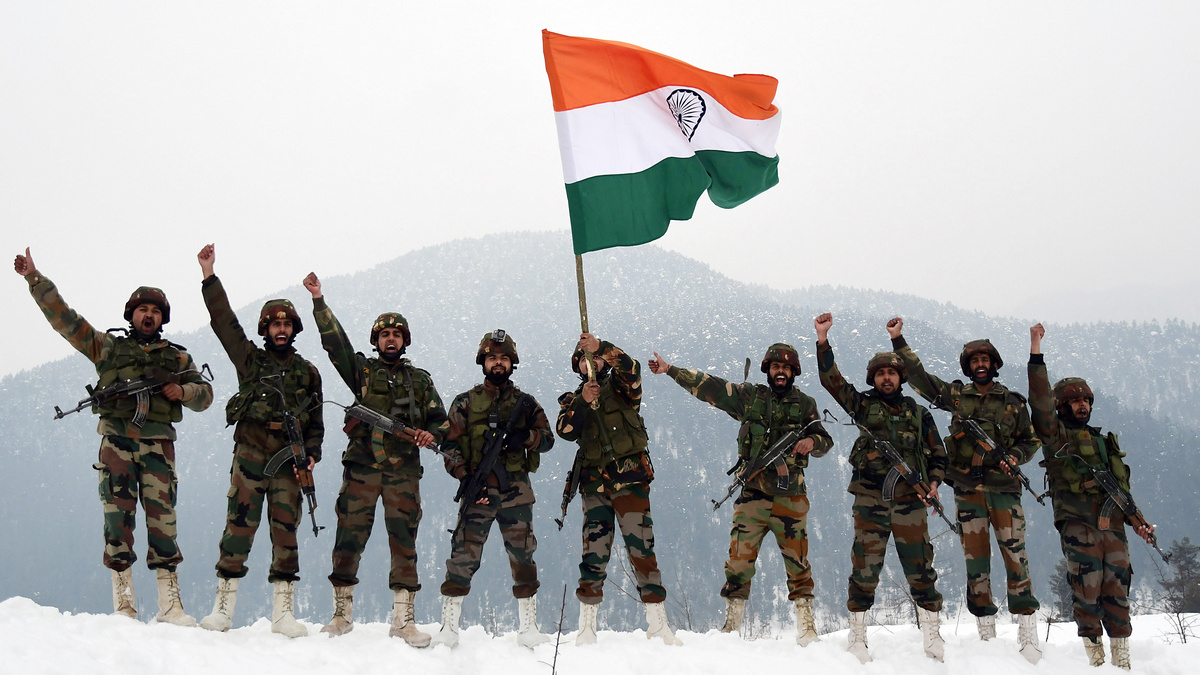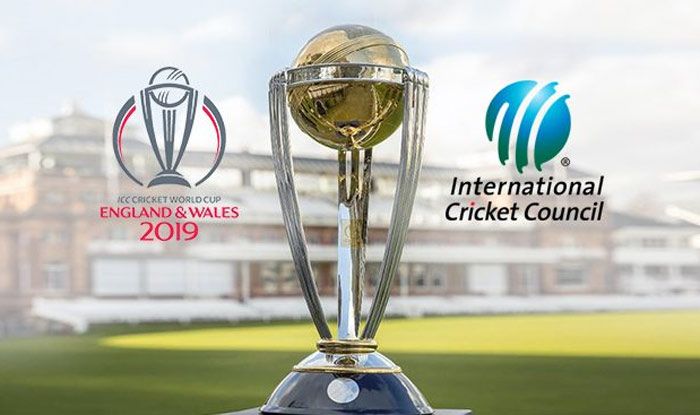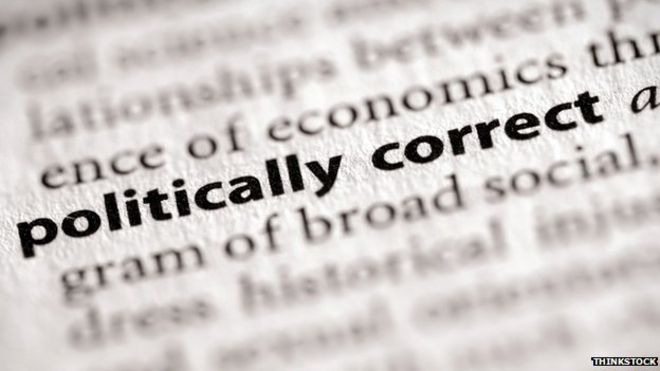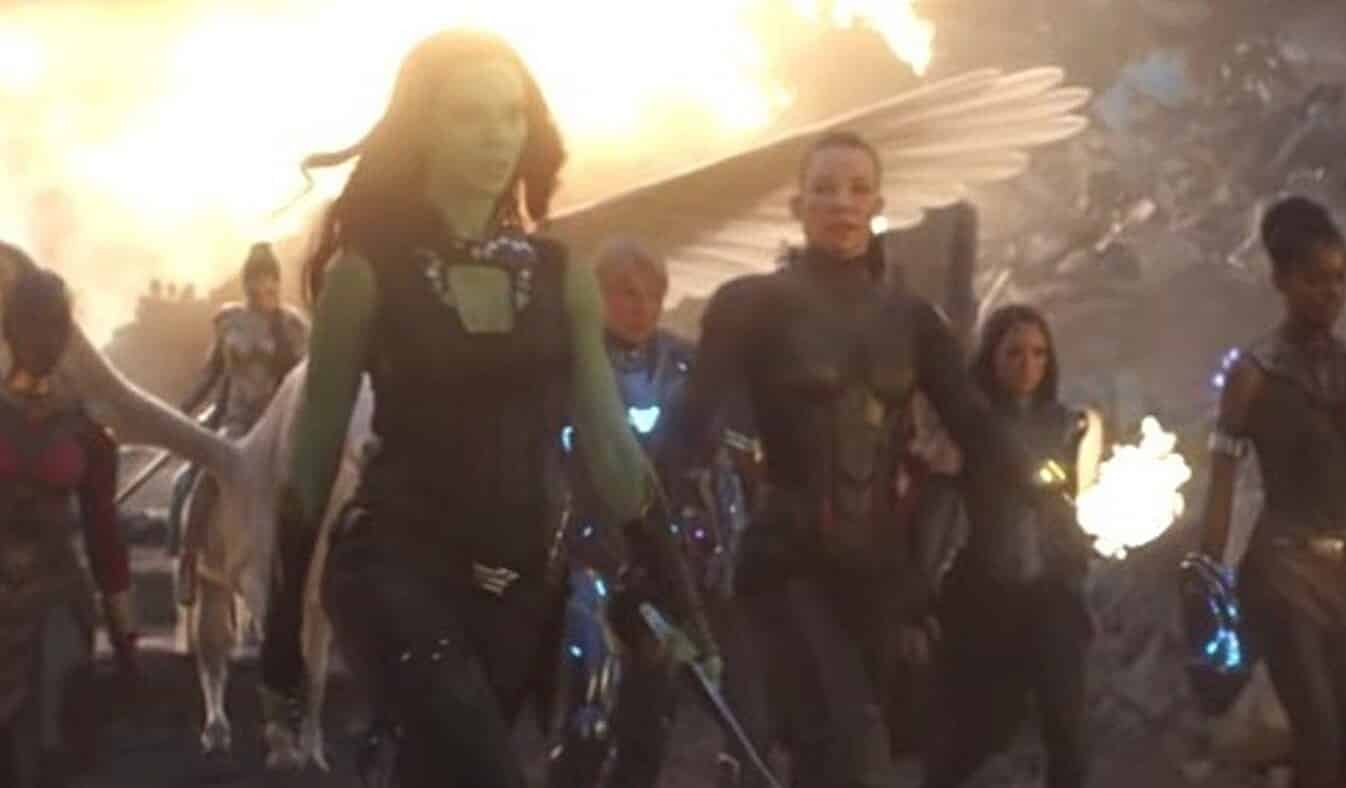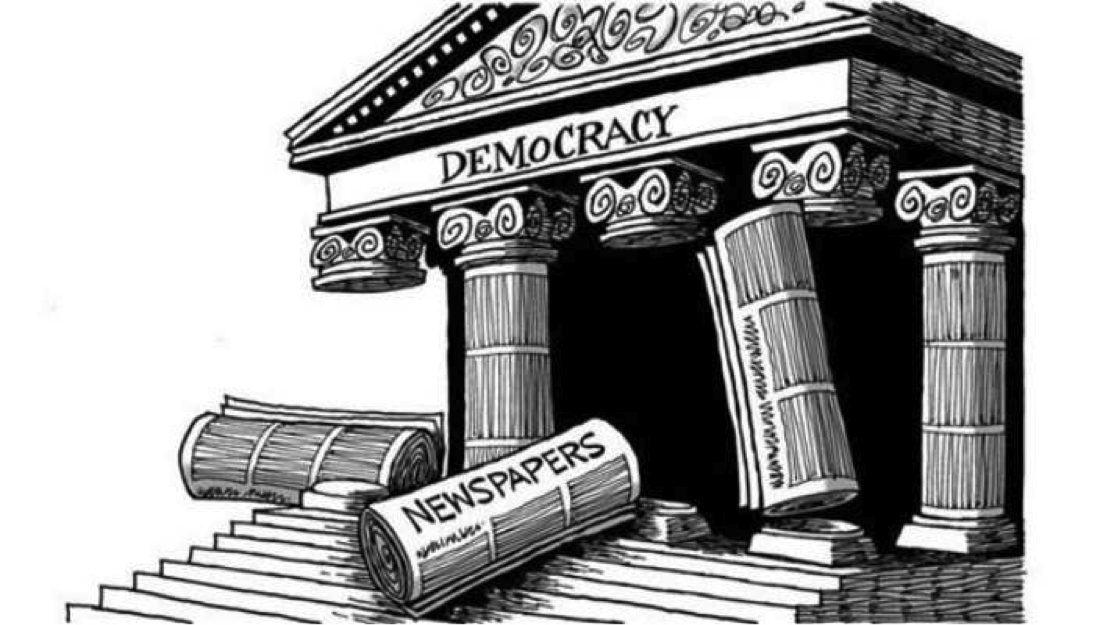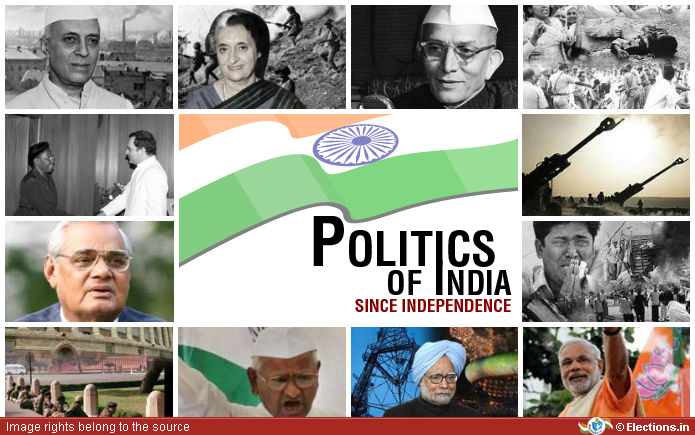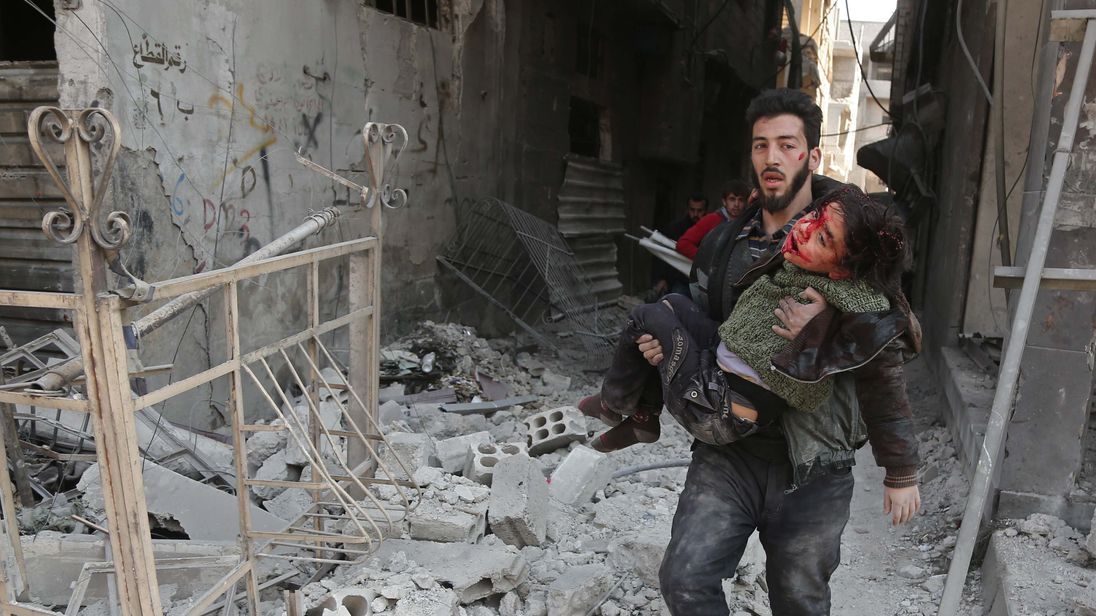By: Anagha Vinay
Climate Crisis is entangled with every aspect of our lifestyle. The Climate Transparency Report is a comprehensive annual review of the state of climate performance of the G20 nations. Its assessment includes 100 indicators for climate adaptation, risks, protection, and finance. The G20 countries coming under this are Argentina, Australia, Brazil, Canada, China, France, Germany, India, Indonesia, Italy, Japan, the Republic of Korea, Mexico, Russia, Saudi Arabia, South Africa, Turkey, the United Kingdom, the United States, and the European Union.
The report shows a comparative analysis of the climate actions taken by these nations to achieve a net zero emissions economy. It is a global partnership with a shared mission. It is a concise report developed by experts from 16 partner organizations from the G20 nations. The 2022 report theme is ‘G20 response to the energy crisis: Critical for 1.5°C.’ It bridges climate emergency to the energy crisis.
According to the 2022 report, climate change has had a massive impact across G20 countries with wildfires, heatwaves, tropical storms, and rising global emissions. Exploiting our environment for development at an unsustainable pace left us blind and deaf to the wailing cries and consequences of the ecosystem, and now the tables have turned. It is not Mother Nature who is pleading, it is us. We don’t have a choice, but to act, immediately. In this time of crisis, there are going to be no more excuses, and there are going to be no next times.
The report shows that the prices of fossil fuels rose exponentially in the second half of 2021 mainly as a repercussion of the Russia-Ukraine war. China, Indonesia, and the United Kingdom have the highest total fossil fuel consumption and production subsidies. Energy emissions were found to have rebounded across the G20 countries by 5.9 percent last year, returning to the pre-pandemic levels. In 2021, emissions in the power and real-estate sector were higher than pre-pandemic levels. The per capita emissions in these sectors in China and Turkey are currently higher than in 2019 levels. However, the share of renewables in the power generation mix has seen an increase in all the G20 countries between 2016 and 2021. Countries with the highest increase in renewable energy share are the United Kingdom (67 percent), Japan (48 percent), and Mexico (40 percent), and the lowest increase are Russia (16 percent) and Italy (14 percent).
India has suffered the highest heat-related labour capacity reduction, nearly 167 billion labour hours, resulting in a financially crippling loss of about 5.4% in the GDP, equivalent to $159B. India even witnessed reduced wheat crop yield due to record heat waves. It is estimated that around 142 million people or 10 percent of the population of the country may be exposed to summer heatwaves at 1.5°C. India stands third among the G20 nations with high methane emissions, with a soaring 10.5%.
Climate Action Tracker statistics have rated India’s overall climate action efforts as highly insufficient. For instance, the average temperature experienced in the summer of 2017-2021 has been recorded to be 0.4°C higher than the 1985-2005 global mean temperature increase. About 33% of the country is drought-prone, and approximately 50% of this area faces chronic droughts. This, right here, is the Code Red for Humanity. But there’s still so much we can do, together. This is why we need to be out there, making our voices heard as one, louder, and stronger than ever before.
Real change will happen when the concerns of all the vulnerable groups have been addressed and every possible action has been taken to protect our ecosystem. This is the need of the hour. Let’s join hands and be a part of this. Let’s strike to make them listen to us. Let’s strike to make them act. Let’s strike because now the time has come, when we shall redeem our pledge, not wholly or fully in measure, but very substantially. The real change is coming. All we have to do is be in this fight for what is just, and we shall triumph.



